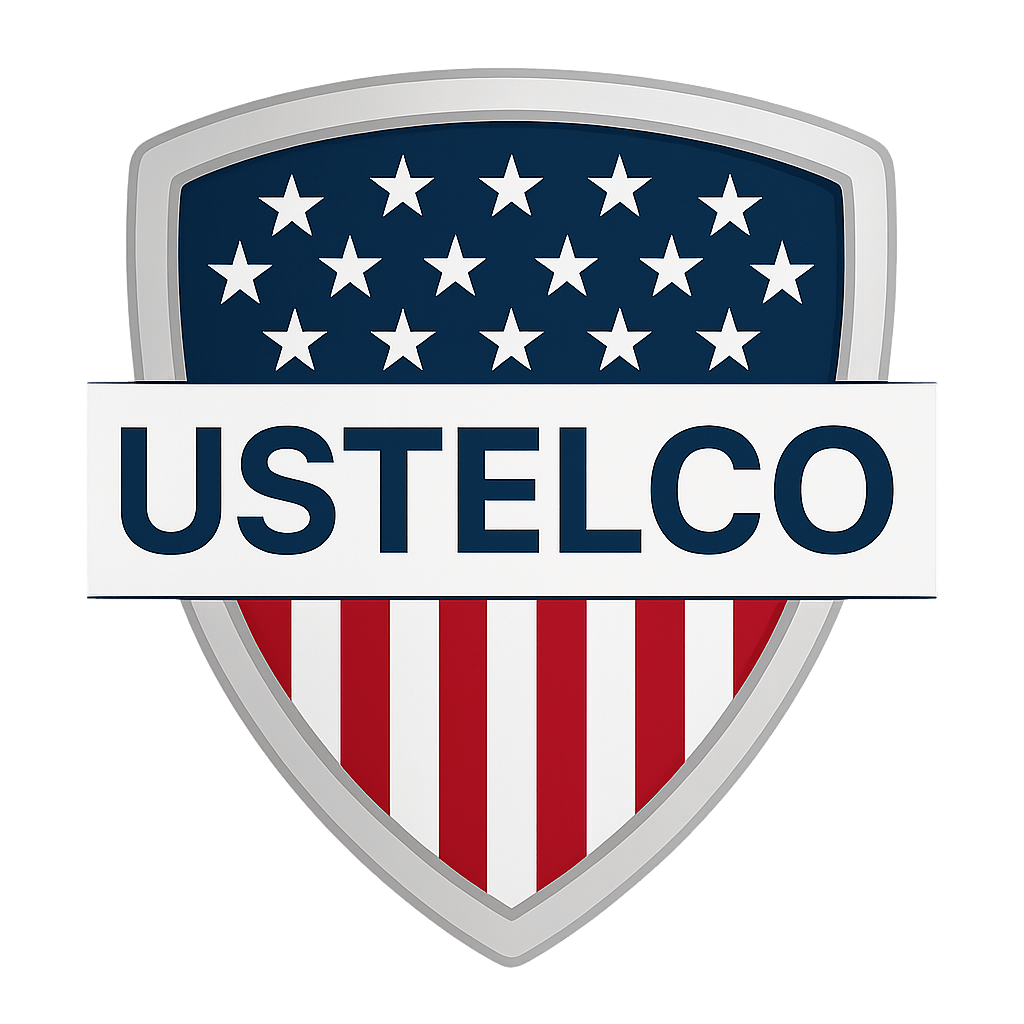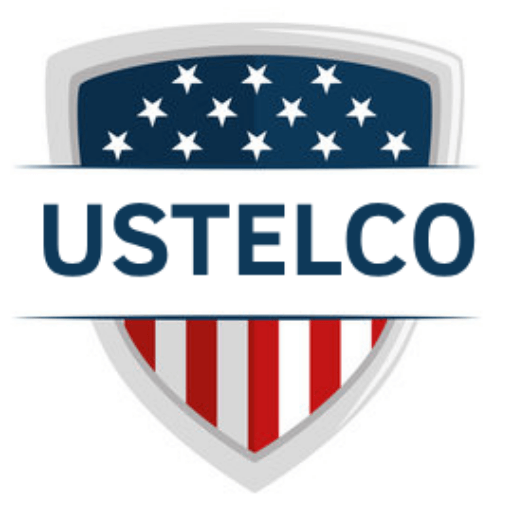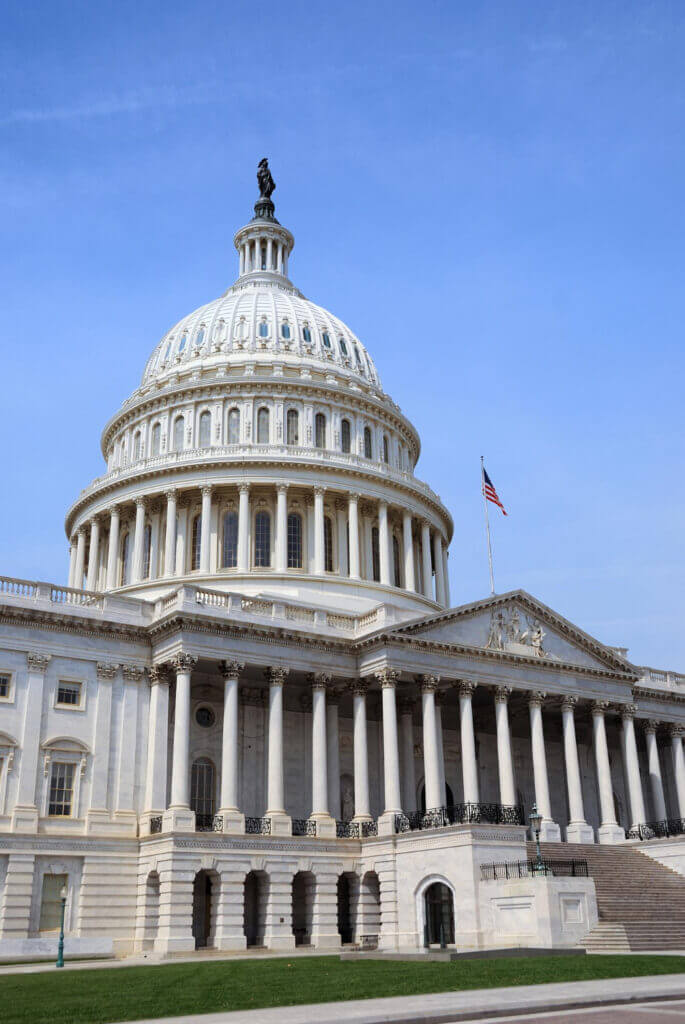Sectoral Dynamics at the Convergence of Regulation, Artificial Intelligence, and National Imperatives
As the telecommunications sector advances into the second quarter of 2025, the industry finds itself at the nexus of technological acceleration, regulatory intensification, and sovereign infrastructure mandates. Artificial intelligence has been fully integrated into the control plane, regulatory enforcement has shifted from compliance to active oversight, and national security considerations now dictate not only the architecture of telecom networks but also the authority to operate them.
In this context, United States Telecommunications Corporation (USTelco) continues to define the contours of sovereign-grade infrastructure. This document provides a strategic synthesis of prevailing market forces and articulates USTelco’s deliberate positioning as an AI-native, compliance-anchored, and federally licensed telecommunications operator.
2025 Market Trajectories: Structural Themes Reshaping the Voice Ecosystem
1. Artificial Intelligence as Foundational Infrastructure
Artificial intelligence has evolved from a peripheral analytical tool to a primary control substrate. Modern AI engines now orchestrate real-time call routing, detect anomalies at the signaling layer, authenticate voice identities, and enforce media integrity. Carriers lacking embedded AI capabilities are being systematically disqualified from interconnect frameworks involving financial institutions, public sector agencies, and critical infrastructure environments.
2. Regulatory Compliance as Market Catalyst
The STIR/SHAKEN protocol stack, once heralded as forward-leaning, now constitutes a minimum compliance baseline. Enterprises with heightened fiduciary, health, or public safety responsibilities increasingly demand demonstrable controls for:
- Real-time fraud interdiction
- Lawful intercept and surveillance compatibility
- CPNI-aligned data governance and audit trails
- Encrypted signaling and non-repudiable call attestations
In this regulatory environment, compliance is not a regulatory burden, it is a competitive differentiator.
3. Sovereign Voice Infrastructure as a Strategic Mandate
Telecommunications has entered the domain of critical infrastructure alongside defense, energy, and public health. Sovereign-grade voice systems now require:
- Full traffic lifecycle management within U.S. jurisdiction
- CLEC licensure and FCC Section 214 authorization
- Alignment with export control frameworks, including EAR99 and 5D002.c.1 encryption controls
USTelco satisfies these preconditions not reactively, but architecturally, as foundational design parameters.
USTelco’s Strategic Execution: Operationalizing Sovereignty
Entering Q2 2025, USTelco’s execution framework is defined by three principal infrastructure vectors:
1. Signal Path Integrity via Licensed Interconnection
As a fully licensed CLEC with a nationwide footprint, USTelco delivers:
- Geo-redundant SBC clusters with multi-region failover
- Tier-1 interconnects for latency-optimized routing
- STIR/SHAKEN-signed call origination and termination
- E911-compliant dispatch and PSAP integration
- BYOC interoperability for Microsoft Teams, Zoom, UCaaS, and CPaaS ecosystems
2. AI Defender: Packet-Native Biometric Authentication
USTelco’s proprietary AI Defender platform embeds real-time behavioral biometrics and adversarial deepfake detection directly into the SIP media stream. System capabilities include:
- Voiceprint authentication via TDNN and x-vector models
- Inline decisioning within sub-100ms thresholds
- Federated identity correlation across sessions, trunks, and regions
This is not passive analytics, it is identity validation at infrastructure scale.
3. Compliance-Embedded Operational Design
USTelco’s compliance architecture includes:
- Active FCC Section 214 license and FRN registration
- Robocall Mitigation Database inclusion
- CALEA-compliant lawful intercept infrastructure
- Immutable blockchain-signed call traceability logs
- Full alignment with U.S. encryption export control under 5D002.c.1
Strategic Initiatives: 2025 Roadmap for Federated Voice Trust
- Caller Reputation Scoring: Dynamic origin trust modeling based on biometric and behavioral telemetry
- Voicepath Optimization: MOS-based LCR tuning for hybrid and multi-cloud SIP deployments
- Security-Convergent SIP Services: Purpose-built SIP infrastructure for utilities, public safety, and infrastructure control sectors
- Cross-Jurisdictional Federation: Federated ingress enablement for EU and allied sovereign trust networks
Strategic Epilogue: Redefining Identity in National Communications
Voice fraud, identity spoofing, and signaling subversion are no longer operational nuisances, they are vectors of national vulnerability. As threat actors adopt AI-driven methods and regulatory scrutiny intensifies, only operators grounded in lawful authority, real-time identity enforcement, and packet-native verification will remain viable.
USTelco was not designed for speculative market entry; it was architected for sovereign-aligned permanence.
“In sovereign communications, trust is not a philosophy, it is a mathematically and biometrically enforced condition.”
Connect with USTelco
Phone: +1 202 380 2000
Web: ustelco.com/contact
Email: [email protected]
USTelco: Engineering the sovereign voice fabric of the 21st century.




